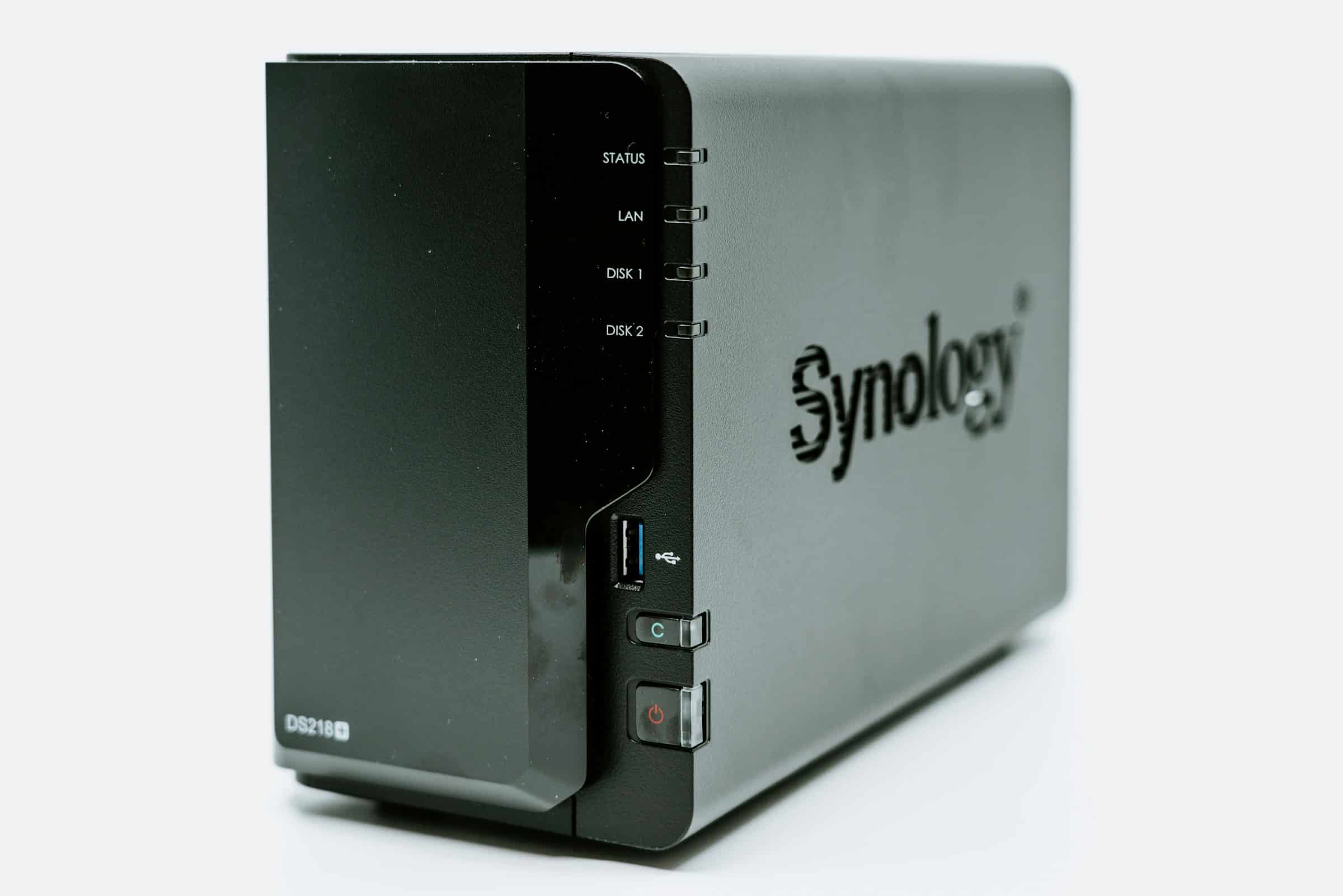What are the steps to install and configure a Synology DS920+ for automated backups to Amazon S3?

If you are looking for a reliable solution to safeguard your data, the Synology NAS (Network Attached Storage) DS920+ is a powerful and versatile choice. This guide will walk you through the steps to install and configure your Synology DS920+ for automated backups to Amazon S3. Whether you are a small business owner or a tech-savvy individual, this step-by-step process will ensure that your files and folders are safely and efficiently backed up to one of the most secure storage solutions available.
Unboxing and Setting Up Your Synology DS920+
Before diving into the configuration, let's start by setting up your Synology DS920+. The DS920+ is a robust NAS device designed to handle various applications, from file storage to server hosting.
Cela peut vous intéresser : What are the steps to install a custom liquid cooling loop in a Phanteks Eclipse P500A for a gaming PC?
Firstly, unbox the Synology DS920+ and ensure you have all the necessary components. This includes the NAS unit itself, power adapter, Ethernet cables, and mounting screws for the hard drives. It's always a good idea to review the installation guide provided in the package for any device-specific instructions.
Next, install the hard drives into your Synology NAS. The DS920+ supports up to four drive bays, offering significant storage capacity. When selecting your hard drives, consider using reliable brands like Western Digital or Seagate that are optimized for NAS use. Insert the hard drives into the bays and secure them using the mounting screws.
Avez-vous vu cela : How can you set up a Philips Hue smart lighting system using a Raspberry Pi and Homebridge?
Once your drives are installed, connect the NAS to your local network using the provided Ethernet cable. Plug in the power adapter and turn on the device. You will see the status LED light up, indicating that the NAS is powered on and ready for the next step.
Now, access the Synology DS920+ via your web browser. Open a browser and enter "find.synology.com" or the IP address assigned to your NAS. This will direct you to the setup wizard, where you can proceed to install DSM (DiskStation Manager), the operating system for Synology NAS devices.
Installing and Configuring DSM
The DSM is the heart of your Synology NAS, providing an intuitive interface and powerful management tools. The installation process is straightforward and only takes a few minutes.
On the Synology web interface, you'll be prompted to install DSM. Follow the on-screen instructions to download and install the latest DSM version. After installation, you'll be asked to create an administrator account. Choose a strong password and remember it, as this account will have full control over the NAS.
With DSM installed, you can now proceed to create a storage pool and volume. This step is crucial as it sets up how your drives work together to store data. Go to the Storage Manager in DSM, select "Create" under Storage Pool, and follow the wizard to combine your hard drives into a single storage entity. After the storage pool is created, you'll need to create a volume within it to store your data.
Next, configure your network settings. Navigate to Control Panel > Network and ensure your NAS is connected to your local network. You can assign a static IP address for easier management if you prefer.
Creating Shared Folders and Setting Permissions
With the basic setup complete, the next step is to create shared folders. Shared folders are essential for organizing your files and folders and granting access to various users.
In DSM, go to Control Panel > Shared Folder, and click "Create." Name the shared folder and configure the settings according to your needs. You can set permissions to restrict access to certain users or groups, ensuring that sensitive data is protected.
Once your shared folders are created, you can start transferring data to your Synology NAS. Use File Station, the built-in file management tool in DSM, to upload, move, and organize your files. You can also map your NAS as a network drive on your computer for easier access.
Setting Up Automated Backups to Amazon S3
The final and most crucial step is to configure automated backups to Amazon S3. Amazon S3 provides durable and scalable cloud storage, making it an ideal solution for off-site backups.
First, log in to your Amazon Web Services (AWS) account and create an S3 bucket. This bucket will serve as the destination for your Synology NAS backups. Note down the bucket name and the region, as you will need these details later.
Next, install Hyper Backup on your Synology NAS. Hyper Backup is a powerful tool that enables you to back up data to various destinations, including Amazon S3. Open Package Center in DSM, search for Hyper Backup, and install it.
With Hyper Backup installed, launch the application and create a new backup task. Select Amazon S3 as the backup destination and enter the required details, including your AWS access key, secret key, bucket name, and region. Follow the wizard to configure your backup settings, such as which shared folders to back up, the backup schedule, and retention policies.
Once everything is configured, click "Apply" to start the backup process. Hyper Backup will automatically sync your selected data to Amazon S3 according to the schedule you set. You can monitor the backup status and logs within the Hyper Backup interface.
Setting up and configuring a Synology DS920+ for automated backups to Amazon S3 involves several steps, but the process is straightforward with the right guidance. From installing DSM and configuring shared folders to setting up Hyper Backup, each step ensures your data is securely stored and backed up.
By following this guide, you can enhance your data protection strategy with Synology's powerful NAS and Amazon S3's reliable storage. Whether you are safeguarding business data or personal files, the combination of Synology NAS and Amazon S3 offers a robust, scalable, and secure backup solution.
